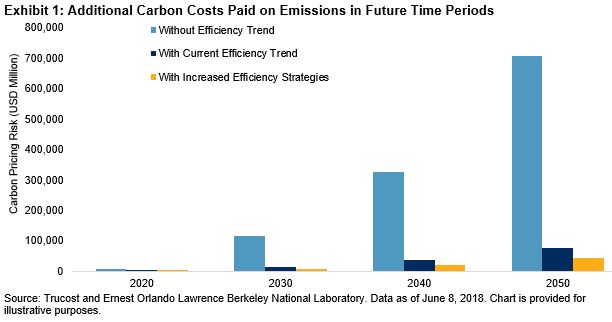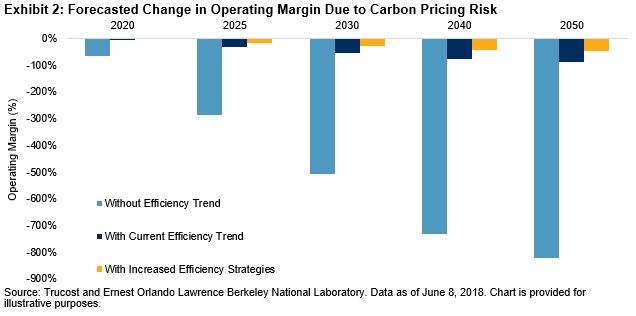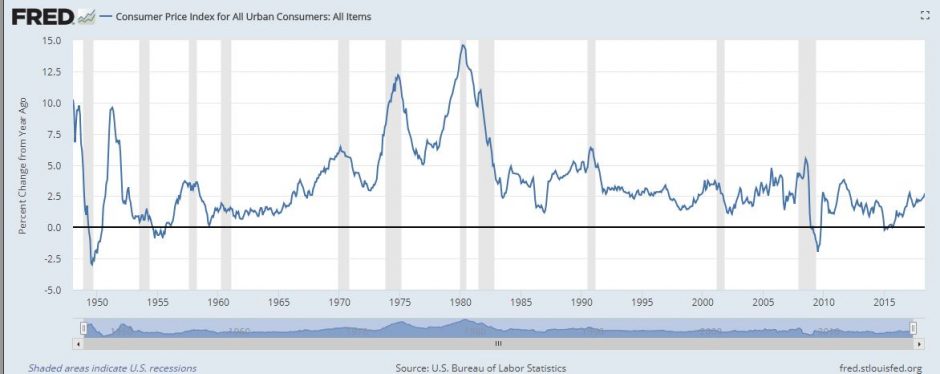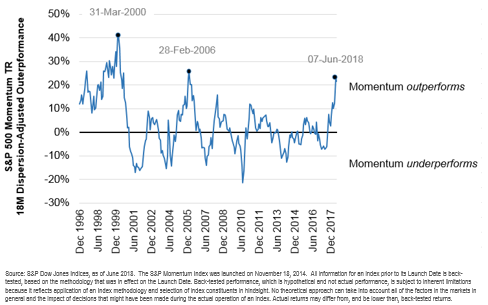In late April 2018, the Department of Labor’s (DOL) Office of Regulations and Interpretations issued the Field Assistance Bulletin No. 2018-01, clarifying guidance on how investment managers should interpret the DOL’s prior Interpretive Bulletins (IBs) issued in 2015 and 2016. Issued during the Obama administration, the IBs detail the exercise of shareholder rights, written statements of investment policy, and fiduciary standards when considering economically targeted investments (ETIs).
An ETI is the equivalent to a socially responsible investment to the DOL. The DOL is empowered under the Employee Retirement Income Security Act (ERISA) to regulate fiduciary matters pertaining to employer-sponsored retirement funds, such as 401(k) accounts and pensions. State and local retirement plans, despite being governed by state laws, often refer to the U.S. DOL for guidance.
In the last several years, a number of major public retirement plan managers have become active in submitting numerous shareholder proposals to address their ESG-related concerns. As ESG investing becomes more popular, the DOL is intent on reminding fund managers directly that fiduciaries may not sacrifice returns or assume greater risks in order to promote ESG policy goals when making investment decisions. In short, their position is that returns must come first, regardless of a fund manager’s ethical motivations.
It is helpful to revisit the DOL’s prior IBs issued in 2015 and 2016 (see Exhibit 1). In IB 2015-01, the DOL highlighted the concept of “tie-breakers” in that when competing investments are economically equivalent, then plan fiduciaries can use ESG-related considerations as tie-breakers for an investment choice. IB 2016-01 stated that plan fiduciaries may engage in shareholder proposal activities if they believe it is likely to enhance the value of the plan’s investment in the corporation, after taking into account the costs involved. The 2016 bulletin also noted that “investment policy statements are permitted to include policies concerning the use of ESG factors to evaluate investments, or on integrating ESG-related tools, metrics, or analyses to evaluate an investment’s risk or return.”
Sensing that the pendulum may have shifted too far, the DOL’s current release is a clarification statement. Its clarification points are as follows.
- Fiduciaries must always put first the economic interests of the plan in providing retirement benefits
- It is not mandatory that investment policy statements contain guidelines on ESG investments or integrating ESG-related tools in order to comply with ERISA
- Fiduciaries “may not routinely incur significant plan expenses to pay for the costs of shareholder resolutions … or actively sponsor proxy fights on environmental or social issues”
However, understanding the growing interest in ESG investments, the DOL did indicate that supporting shareholder proposals when the activity is “likely to enhance the economic value of the plan’s investment in that corporation after taking into account the costs involved” would be acceptable.
This current bulletin should not warrant a “doom and gloom” reaction, and instead market participants could view it as a call from the DOL to be more cautionary and judicious in conducting a cost/benefit analysis to ESG investing.
In addition, this bulletin reinforces the importance of materiality and linking ESG-related investing to those issues that are most material for future stock performance. The difficulty lies in the fact that ESG materiality differs for different industries, and identifying these differences requires more research, especially for evidence-based findings.
In terms of implications for passive investing, the current guidance has the potential to sway fiduciaries into index-based ESG solutions that integrate the financial merits of ESG and impact-based goals. The bulletin distinguished between “ESG-themed funds (e.g., Socially Responsible Index Fund, Religious Belief Investment Fund, or Environmental and Sustainable Index Fund),” from funds “in which ESG factors may be incorporated…as one of many factors in ordinary portfolio management and shareholder engagement decisions.” The former seems to be more concerning to the DOL than the latter which opens the possibility of favoring some ESG products and strategies over others.














